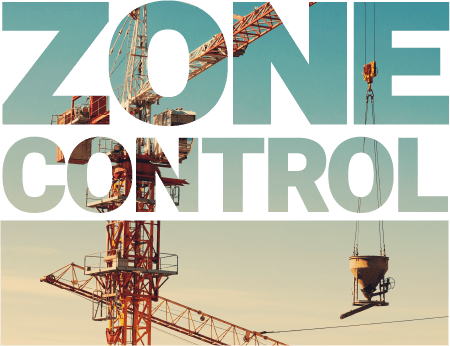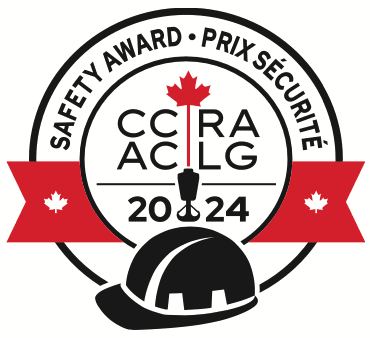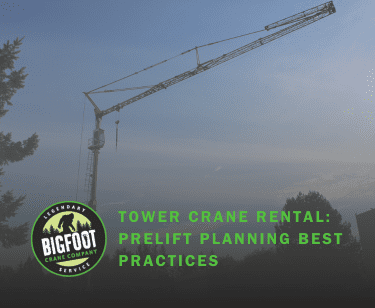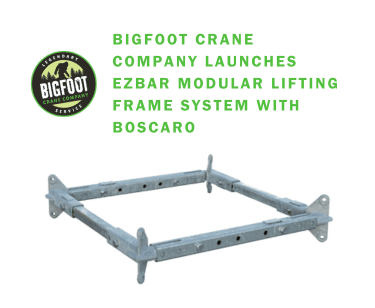Mastering Crane Safety Skills and Knowledge
As a crane operator, mastering safety skills is just as important as operating the crane. You need to practice extreme care, stay alert, and focus intently. Adhering to safety rules and practices according to ANSI and OSHA standards isn’t just recommended, it’s essential.

Mandatory Training for Every Crane Operator
If your job involves slinging loads or directing lifting operations, comprehensive training is non-negotiable. You must be well-versed and competent in all crane operation aspects. This training ensures that when you’re at the controls, you’re not just operating the crane, you’re managing a safe work environment.
Four Pillars of Safe Crane Operation
- Planning and Managing Lifts: Effective planning and managing of lifting operations are crucial. You should be adept at organizing and overseeing these tasks to ensure smooth and safe execution.
- Developing Safe Work Procedures: It’s vital to understand and implement safe working procedures while handling cranes. This knowledge is key to preventing accidents and ensuring a safe work environment.
- Effective Supervision of Lifts: Proper supervision of lifting operations is a critical component of crane safety. You must be equipped to oversee these operations competently.
- Regular Examination and Review: It’s imperative to continually check and reassess operations and processes. This practice helps in identifying potential hazards and mitigating risks.
Recognizing the Hazards of Crane Operation
Cranes, particularly tower and mobile types, come with their set of dangers, which you need to be aware of:
- Risk of Crane Collapse: This is one of the most severe risks, leading to significant injuries or even fatalities.
- Dangers of Falling Loads: High winds and confined spaces can cause loads to drop, creating major safety hazards.
- Accidents from Inadequate Awareness: Incidents such as being struck by moving loads or cranes contacting electrical wires often occur due to a lack of awareness or communication.
As an operator or supervisor, you shoulder the legal responsibilities for ensuring safe lifting operations. When a crane is hired, the responsibility for planning, supervising, and executing lifting operations might lie with you or the crane hire company, based on your contract terms.
Guidance for Crane Hirers
If you’re hiring a crane but lack the expertise for safe planning of operations, it’s advisable to opt for a ‘Contract Lift’ from the crane hire company. This option ensures that you have the necessary support and expertise for safe operation.
Advanced Planning for Safe Operations
Every crane operation should be meticulously planned. This planning process includes addressing all potential risks and ensuring the safety of everyone involved. Supervisors need to have both practical and theoretical knowledge, coupled with extensive experience in the types of lifts being undertaken.
Key Elements in Planning:
- Conduct thorough risk assessments.
- Identify all necessary resources.
- Establish clear procedures.
- Assign specific responsibilities to ensure that each lifting operation can be safely executed.
The operational plan should also ensure the continued safety of the lifting equipment for the range of operations it will be used for.
Executing Crane Operations with Precision
Careful planning is the foundation of safe crane operations. For complex lifts, this plan might need to be recorded in a document known as a “method statement.” It’s imperative that everyone involved fully understands this statement.
Components of a Method Statement:
- Planning Details: This includes reviewing the site, preparing for the operation, and detailing the assembly and dismantling of the crane.
- Selecting the Right Equipment: Choose the appropriate crane and additional equipment like slings and signaling devices.
- Maintenance and Care: Regular maintenance and a contingency plan for potential issues are essential. Also, have a documented process for every crane examination and movement.
- Safety Measures: Implement measures to protect the public and employees not involved in the lifting operation.
The level of supervision for each lifting operation should reflect its inherent risks and the number of personnel involved. A competent crane supervisor should have enough experience, relevant training, certifications, and the authority to halt operations if necessary.
Thorough Examination of Cranes
Cranes must undergo comprehensive legal inspections at prescribed intervals. These examinations should be conducted by a qualified person. While the crane hire company often arranges these examinations, as a crane user, it’s your responsibility to ensure all necessary checks are completed, and the corresponding reports are maintained.
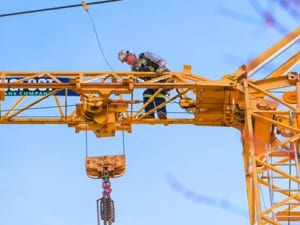
Your Responsibility for Ensuring Safe Operation
You are directly accountable for the safe operation of the crane. In case of any safety doubts, halt the crane’s operation and refuse to handle loads until safety is assured. Crane operators must meet minimum standards, including being at least 18 years old and having good hearing and peripheral vision. These standards are crucial for the safe operation of the crane. To learn more about becoming a certified crane operator in 7 days, visit Bigfoot Academy



